Home>Furniture & Design>Interior Design Trends>How To Get Glass Out Of Eye
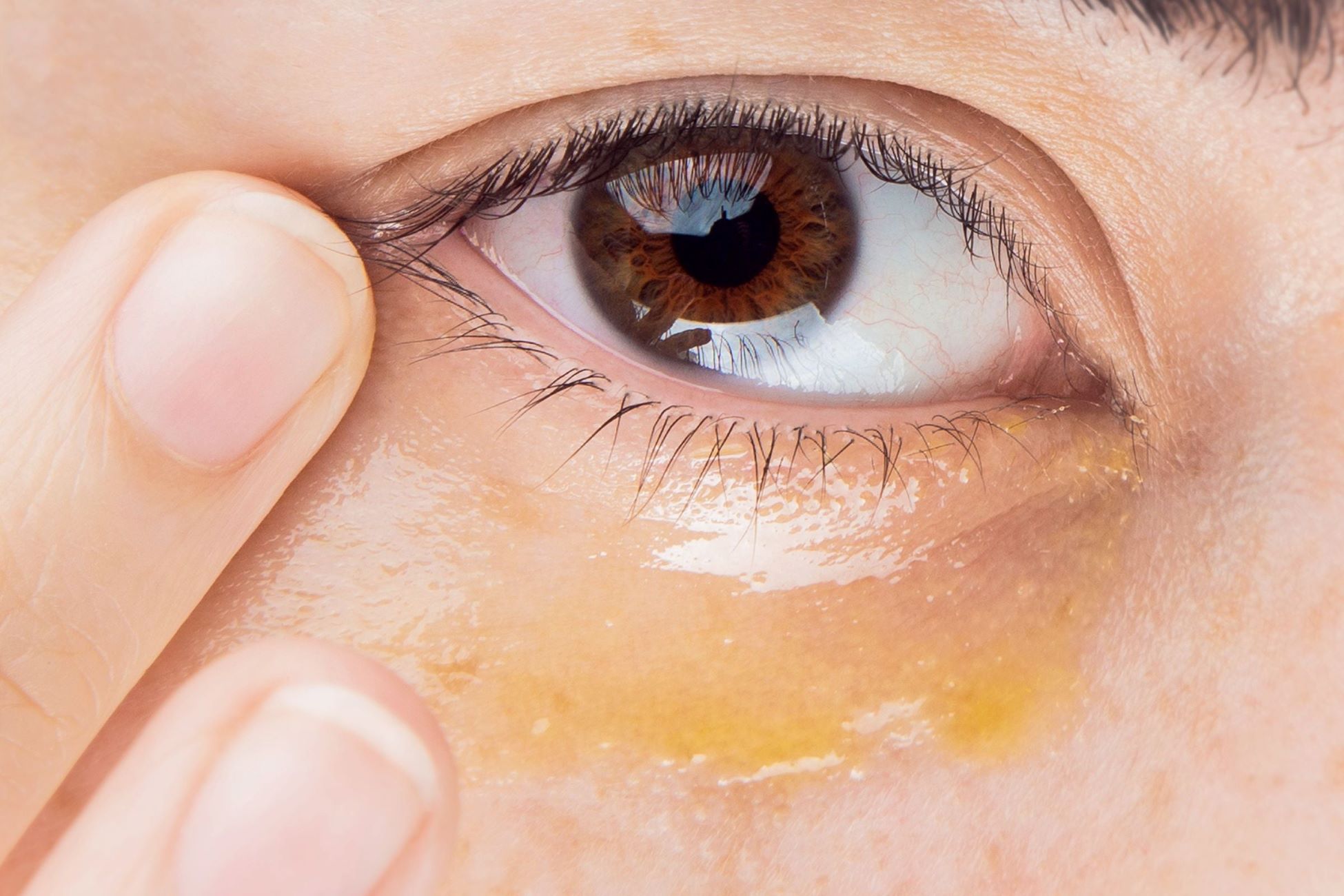

Interior Design Trends
How To Get Glass Out Of Eye
Modified: February 18, 2024
Learn how to safely remove glass from your eye and prevent further injury. Discover the latest interior design trends to enhance your living space.
(Many of the links in this article redirect to a specific reviewed product. Your purchase of these products through affiliate links helps to generate commission for Storables.com, at no extra cost. Learn more)
Introduction
Getting glass in your eye can be a frightening and painful experience. Whether it happens while working with glass, during a household accident, or in any unexpected situation, it's crucial to handle the situation with care and urgency. The delicate nature of the eye requires immediate attention to prevent further injury and potential complications. This guide will provide step-by-step instructions on how to safely and effectively address the presence of glass in the eye. By following these guidelines, you can minimize the risk of damage and discomfort, and ensure the best possible outcome for your eye health.
Key Takeaways:
- Don’t panic if you get glass in your eye. Assess the situation, seek medical help, avoid rubbing, rinse with clean water, and follow professional advice for the best outcome.
- If you get glass in your eye, stay calm and seek help. Don’t rub your eye, rinse it with clean water, and follow the doctor’s advice for a speedy recovery.
Read more: How To Get Eye Shadow Out Of A Carpet
Step 1: Assess the situation
When dealing with a potential eye injury caused by glass, it's essential to remain calm and assess the situation carefully. The first step is to evaluate the severity of the injury and determine the extent of the glass's presence in the eye. This initial assessment will help you make informed decisions about the next steps to take.
Begin by gently blinking your eye to see if the glass has become dislodged and is easily removable. If blinking exacerbates the discomfort or causes further irritation, it's crucial to avoid any further movement that could worsen the situation. Assess the level of pain and discomfort, as well as any visual disturbances such as blurred vision or sensitivity to light. These indicators can provide valuable insight into the potential impact of the glass on the eye.
Next, carefully examine the affected eye in a well-lit area. Use a clean mirror, if available, to get a closer look at the eye and identify any visible signs of glass particles. It's important to avoid touching or rubbing the eye during this assessment, as this could lead to further injury or the glass becoming more deeply embedded.
If you are unable to see the glass but are experiencing persistent discomfort or suspect that glass may be present, it's crucial to seek professional medical assistance immediately. Refrain from attempting to remove the glass on your own, as this could cause additional damage to the delicate structures of the eye.
By thoroughly assessing the situation and understanding the potential risks associated with the presence of glass in the eye, you can make informed decisions about seeking the necessary medical attention and taking the appropriate steps to protect your eye health.
Step 2: Seek medical attention
Seeking prompt and professional medical attention is crucial when dealing with an eye injury involving glass. The delicate nature of the eye and the potential risks associated with foreign objects make it imperative to consult a healthcare professional with expertise in eye care. Here's why seeking medical attention is essential and the steps to take to ensure the best possible outcome for your eye health.
Importance of Professional Evaluation
The presence of glass in the eye poses significant risks, including potential damage to the cornea, the clear front surface of the eye. Even tiny glass particles can cause abrasions or cuts on the cornea, leading to pain, discomfort, and the risk of infection. Additionally, the act of attempting to remove the glass without professional guidance can exacerbate the injury and lead to further complications.
Steps to Take
Upon realizing that glass has entered the eye, it's crucial to prioritize seeking medical attention without delay. Contact an eye care professional, such as an ophthalmologist or optometrist, as soon as possible. If immediate access to an eye care specialist is not feasible, visit the nearest emergency room or urgent care facility for evaluation and treatment.
During the initial contact with the healthcare provider, clearly communicate the situation and the presence of glass in the eye. Provide details about the circumstances surrounding the injury, any symptoms experienced, and any attempts made to address the situation. This information will help the healthcare provider assess the urgency of the situation and prepare for the necessary examination and treatment.
Upon arrival at the healthcare facility, the eye care professional will conduct a thorough examination of the affected eye. This evaluation may include using specialized instruments and techniques to locate and assess the extent of the glass particles. The professional will also examine the eye for any associated injuries, such as corneal abrasions or foreign body reactions.
Based on the findings, the healthcare provider will recommend the most appropriate course of action, which may include the safe removal of the glass particles and treatment to address any resulting eye injuries. Following the professional's guidance is essential to ensure the best possible outcome and minimize the risk of long-term complications.
By seeking timely and expert medical attention, individuals can protect their eye health and receive the necessary care to address the presence of glass in the eye effectively. This proactive approach is essential for minimizing the potential impact of the injury and promoting optimal healing and recovery.
Read more: How To Get Pepper Spray Out Of Eyes
Step 3: Avoid rubbing or touching the eye
When dealing with an eye injury involving glass, it is crucial to refrain from rubbing or touching the affected eye. The instinctive urge to rub the eye as a response to discomfort or irritation must be consciously avoided to prevent exacerbating the injury and causing further harm.
Rubbing or touching the eye can lead to several adverse consequences. Firstly, the act of rubbing can potentially drive the glass particles deeper into the eye, increasing the risk of corneal abrasions and more extensive damage to the delicate structures of the eye. Additionally, the pressure exerted during rubbing can aggravate any existing injuries, leading to increased pain, discomfort, and potential complications.
Furthermore, touching the eye with bare hands or unsterilized objects can introduce bacteria and other harmful microorganisms, increasing the risk of infection. The presence of glass particles already compromises the eye's natural defense mechanisms, making it more susceptible to infections. Therefore, avoiding any contact with the eye is essential to minimize the risk of secondary complications.
To resist the urge to rub or touch the affected eye, individuals can employ various strategies. Gentle reminders to refrain from touching the eye, such as placing the hand away from the face or using a clean tissue to cover the eye, can serve as physical cues to deter inadvertent contact. Additionally, maintaining a conscious awareness of the potential consequences of rubbing the eye can help individuals prioritize the protection of their eye health.
Educating others, especially children, about the importance of not touching the eye when experiencing discomfort or irritation can also contribute to preventing further injury. By instilling this awareness, individuals can cultivate a proactive approach to safeguarding their eye health and minimizing the potential impact of the glass particles.
In summary, avoiding rubbing or touching the eye is a critical aspect of managing an eye injury involving glass. By refraining from this instinctive response and taking proactive measures to protect the affected eye, individuals can contribute to minimizing the risk of exacerbating the injury and promoting the best possible outcome for their eye health.
Step 4: Rinse the eye with clean water
Rinsing the eye with clean water is a crucial step in addressing an eye injury involving glass. This immediate response can help flush out any loose glass particles and reduce the risk of further irritation or damage to the eye. When performing this essential task, it's important to approach it with care and precision to ensure the best possible outcome for eye health.
Importance of Rinsing
The presence of glass in the eye can cause discomfort, pain, and potential abrasions to the delicate structures of the eye, such as the cornea. Rinsing the eye with clean water serves as an initial measure to remove any loose glass particles that may be on the surface of the eye or trapped in the eyelashes. This prompt action can help minimize the risk of the glass causing additional harm and provide relief from the associated discomfort.
Steps to Rinse the Eye
-
Use Clean Water: Begin by ensuring that the water used for rinsing the eye is clean and free from any impurities. Ideally, use sterile saline solution or lukewarm tap water. It's important to avoid the use of harsh chemicals or soaps, as these can further irritate the eye.
-
Positioning: Position yourself over a sink or basin and tilt your head slightly forward. This angle helps direct the flow of water away from the unaffected eye and prevents any dislodged glass particles from entering the other eye.
-
Gentle Flow: Use a clean cup or small container to pour a gentle stream of water over the affected eye. Alternatively, you can use a clean, sterile eyecup if available. Ensure that the water flows smoothly and consistently over the eye, allowing it to effectively rinse away any loose glass particles.
-
Blinking: While rinsing, blink your eye gently to facilitate the removal of any glass particles that may be on the surface or trapped in the eyelashes. The natural motion of blinking can help dislodge the particles and aid in their removal.
-
Repeat if Necessary: If you suspect that glass particles are still present after the initial rinse, repeat the process to ensure thorough removal. It's essential to continue rinsing until you are confident that the eye is free from any visible glass particles.
Read more: How To Get Grass Out Of Your Eye
After Rinsing
After rinsing the eye, carefully pat the area around the eye with a clean, soft towel to remove excess water. Avoid rubbing the eye or applying pressure, as this can cause further irritation. If the discomfort persists or if you are unable to remove the glass particles effectively, seek immediate medical attention for professional evaluation and treatment.
By following these steps to rinse the eye with clean water, individuals can take proactive measures to address the presence of glass in the eye and minimize the potential impact on their eye health. This immediate response, coupled with seeking professional medical attention, can contribute to the best possible outcome and promote optimal healing and recovery.
Step 5: Use a damp cloth to gently remove visible glass
When dealing with the presence of visible glass particles in the eye, using a damp cloth to gently remove them can be an effective and immediate measure to address the situation. This careful approach aims to safely eliminate any visible glass particles that may be on the surface of the eye or trapped in the eyelashes, reducing the risk of further irritation and potential injury to the delicate structures of the eye.
To begin, it's essential to prepare a clean, soft cloth and dampen it with lukewarm water. The use of a soft, lint-free cloth, such as a clean cotton pad or gauze, is crucial to prevent any additional irritation to the eye. The dampening of the cloth with lukewarm water helps ensure a gentle and non-abrasive approach to removing the visible glass particles.
Once the cloth is prepared, carefully approach the affected eye and use gentle, sweeping motions to remove any visible glass particles. It's important to avoid applying excessive pressure or rubbing the eye vigorously, as this can lead to further discomfort and potential injury. Instead, use light and controlled movements to lift and remove the glass particles from the surface of the eye and the surrounding area.
During this process, it's natural for the eye to produce tears as a response to the irritation caused by the presence of glass. These tears can help flush out any dislodged glass particles and provide additional relief to the affected eye. However, if the discomfort persists or if there are concerns about the effectiveness of removing the visible glass particles, seeking professional medical attention is imperative.
After gently removing the visible glass particles, it's essential to avoid touching or rubbing the eye and to refrain from attempting to remove any embedded glass that is not easily visible. The delicate nature of the eye requires careful and professional handling to address any deeper-seated glass particles and minimize the risk of further injury.
By using a damp cloth to gently remove visible glass particles, individuals can take proactive steps to address the immediate presence of glass in the eye and contribute to minimizing the potential impact on their eye health. This careful approach, combined with seeking professional medical attention, can support the best possible outcome and promote optimal healing and recovery for the affected eye.
If you get glass in your eye, don’t rub it. Use a clean cup to flush your eye with water for at least 15 minutes. Then seek medical help.
Step 6: Follow medical advice and treatment
Following an eye injury involving glass, it is imperative to adhere to the medical advice and treatment provided by a healthcare professional. The guidance and interventions recommended by an eye care specialist play a pivotal role in promoting optimal healing, preventing complications, and safeguarding the long-term health of the affected eye.
Upon seeking professional medical attention, the healthcare provider will conduct a comprehensive evaluation of the eye to assess the extent of the injury and the presence of any glass particles. Based on the findings, the healthcare professional will recommend the most appropriate course of action, which may include the safe removal of any remaining glass particles and treatment to address any resulting eye injuries.
Adhering to the prescribed treatment plan is essential for ensuring the best possible outcome for the affected eye. This may involve the use of specialized eye drops or ointments to promote healing and prevent infection. Additionally, the healthcare provider may recommend specific measures to alleviate discomfort and support the natural healing process of the eye.
In some cases, the healthcare professional may advise on the importance of follow-up appointments to monitor the progress of the healing process and address any emerging concerns. Attending these follow-up visits is crucial for allowing the healthcare provider to assess the eye's recovery and make any necessary adjustments to the treatment plan.
Throughout the recovery period, it is vital to adhere to any activity restrictions or precautions recommended by the healthcare provider. These guidelines are designed to protect the healing eye from potential strain or further injury, promoting a smooth and uncomplicated recovery process.
In the event of persistent discomfort, changes in vision, or any unexpected symptoms, it is essential to promptly communicate with the healthcare provider. Timely reporting of any concerns allows the healthcare professional to provide timely interventions and adjustments to the treatment plan, minimizing the risk of complications and promoting optimal healing.
By following the medical advice and treatment provided by the healthcare professional, individuals can actively contribute to the healing and recovery of the affected eye. This proactive approach, combined with professional guidance, supports the best possible outcome and helps safeguard the long-term health and well-being of the eye.
Frequently Asked Questions about How To Get Glass Out Of Eye
Was this page helpful?
At Storables.com, we guarantee accurate and reliable information. Our content, validated by Expert Board Contributors, is crafted following stringent Editorial Policies. We're committed to providing you with well-researched, expert-backed insights for all your informational needs.
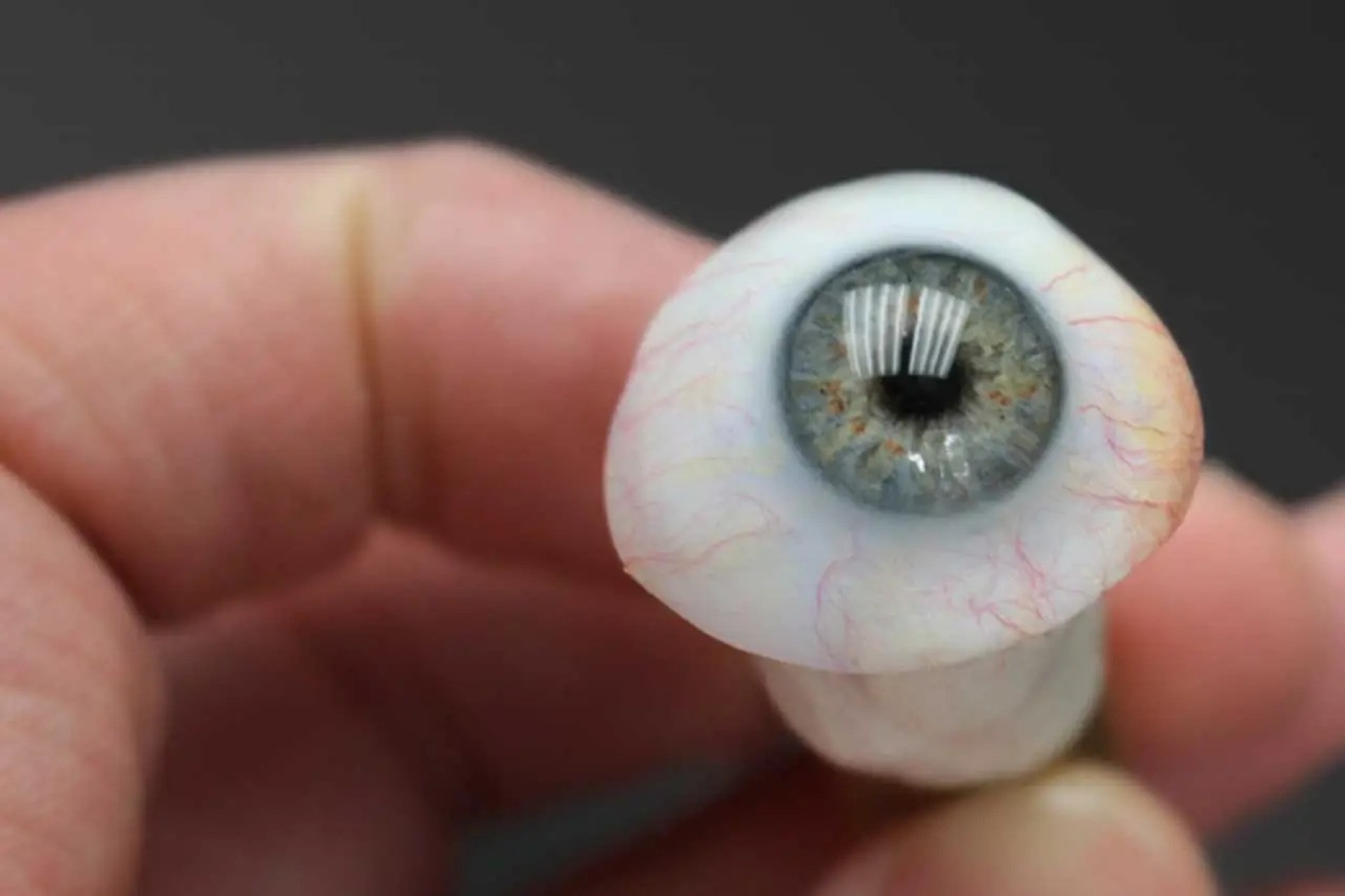
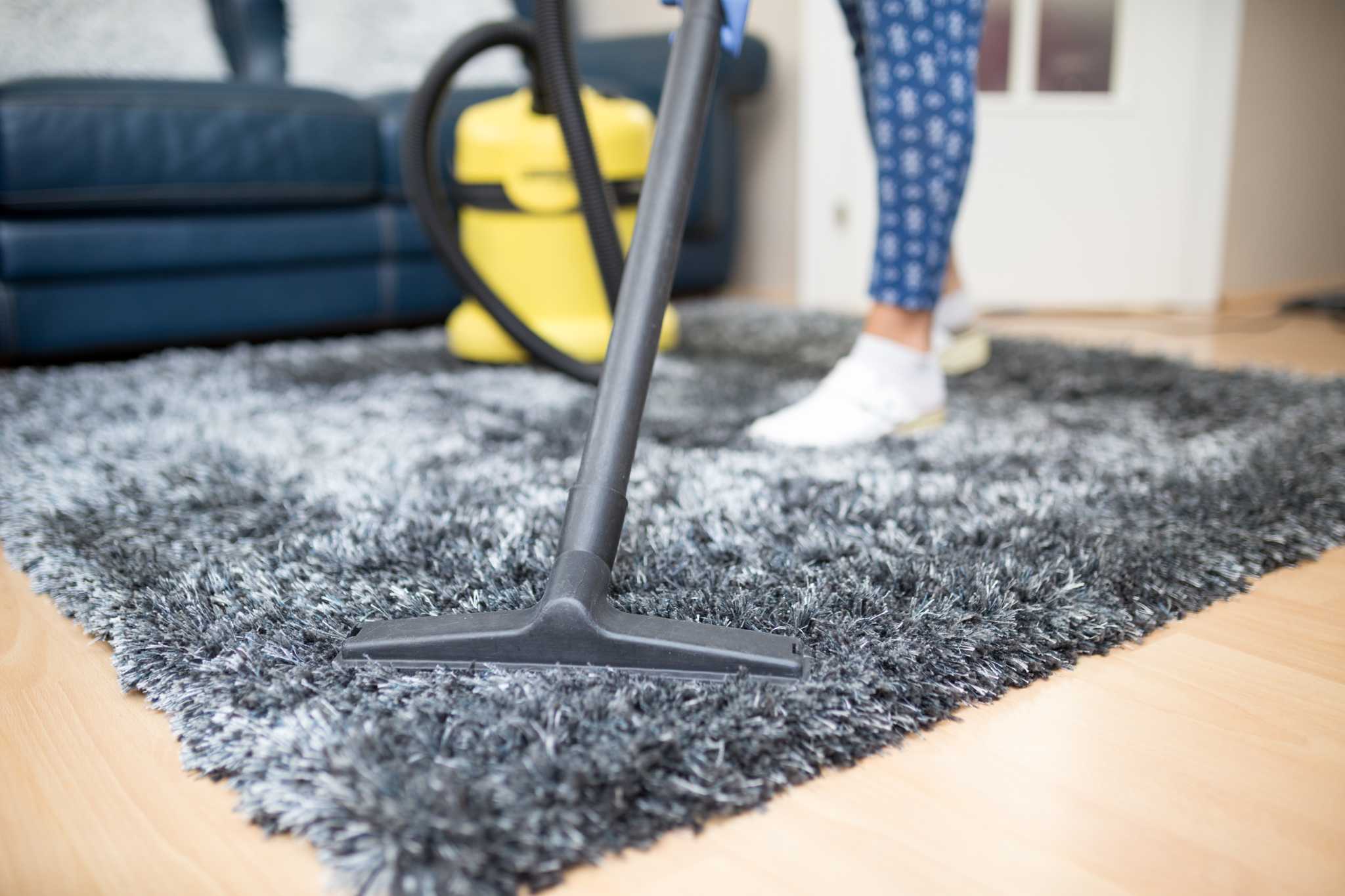
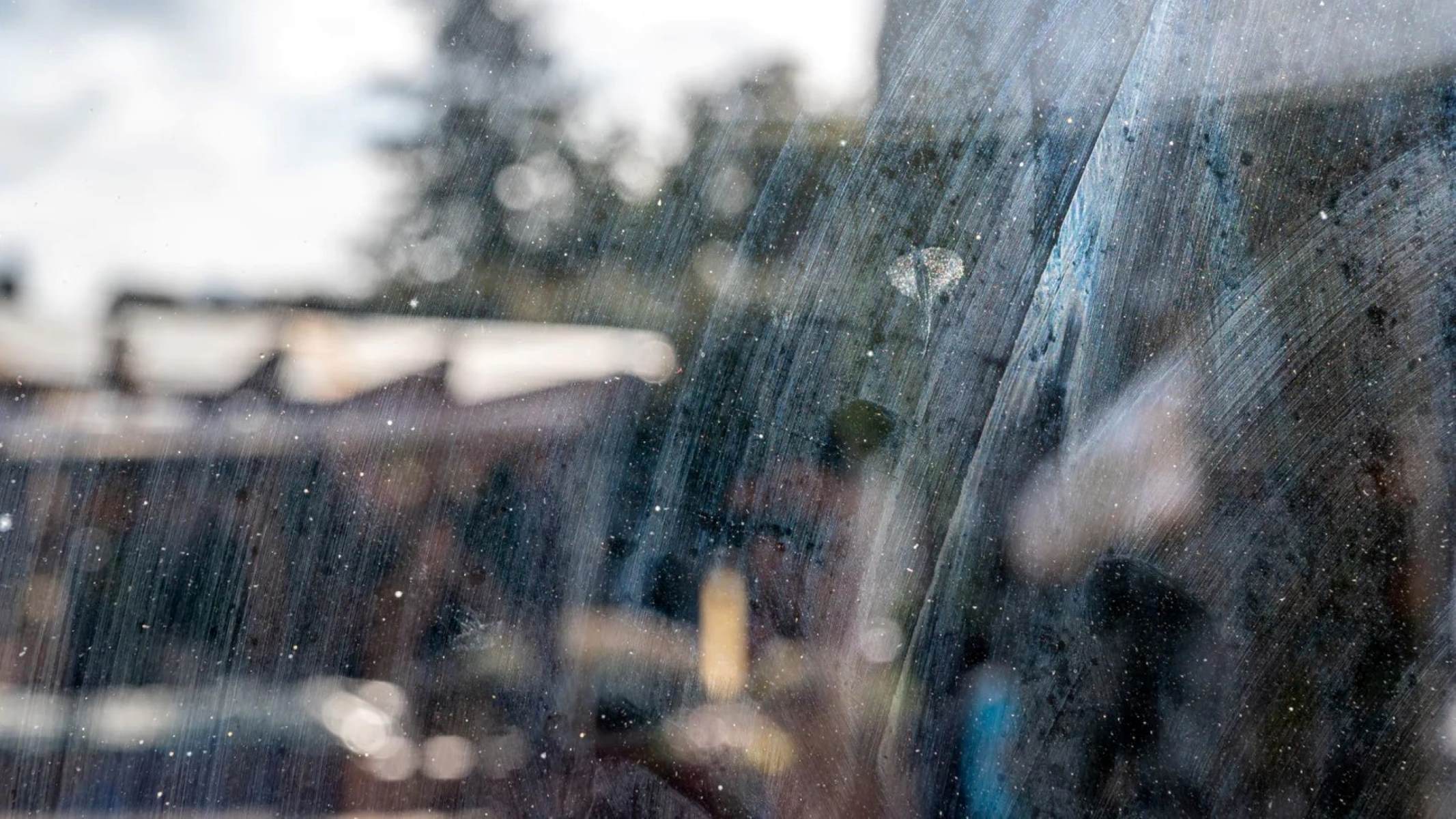
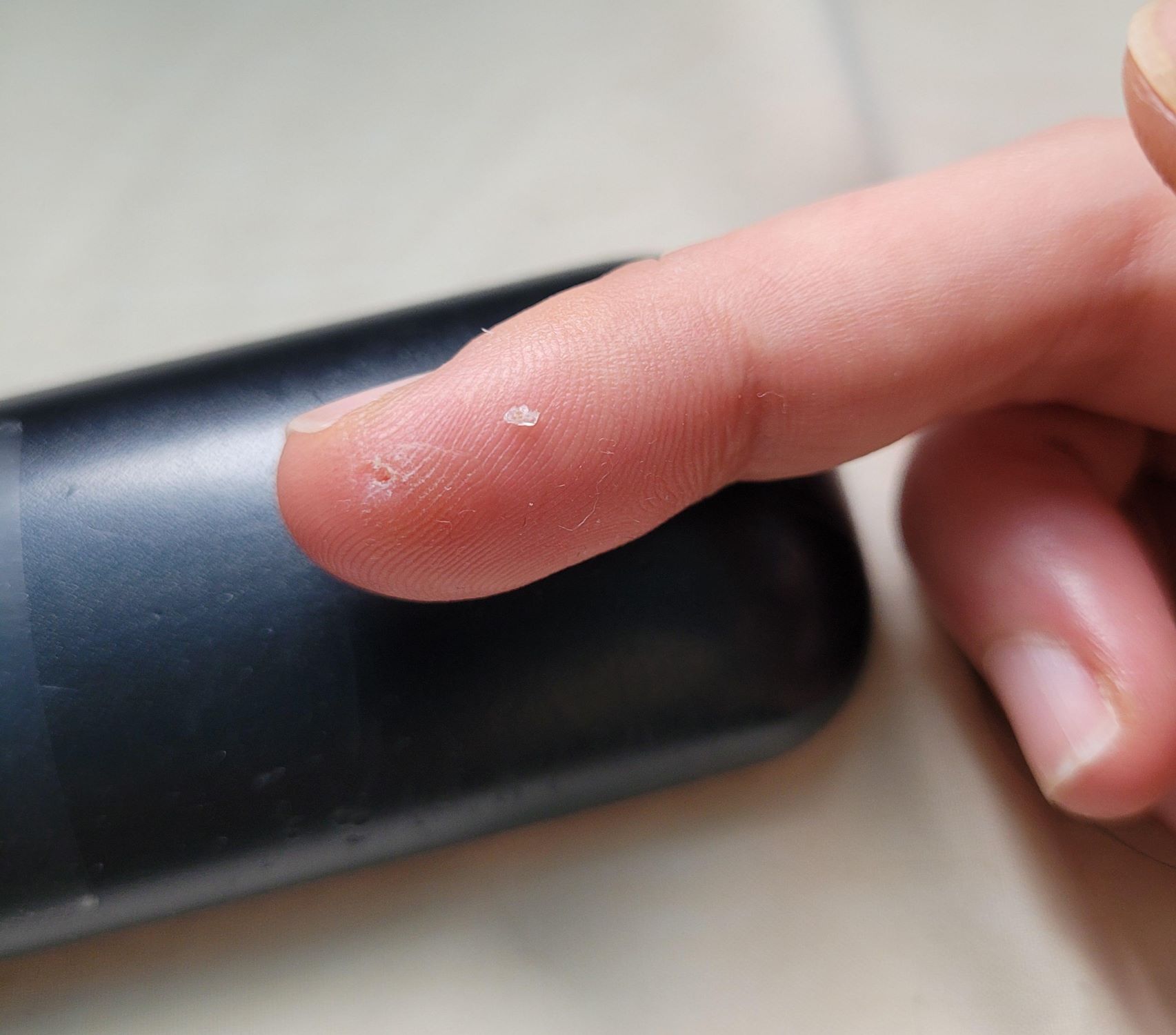

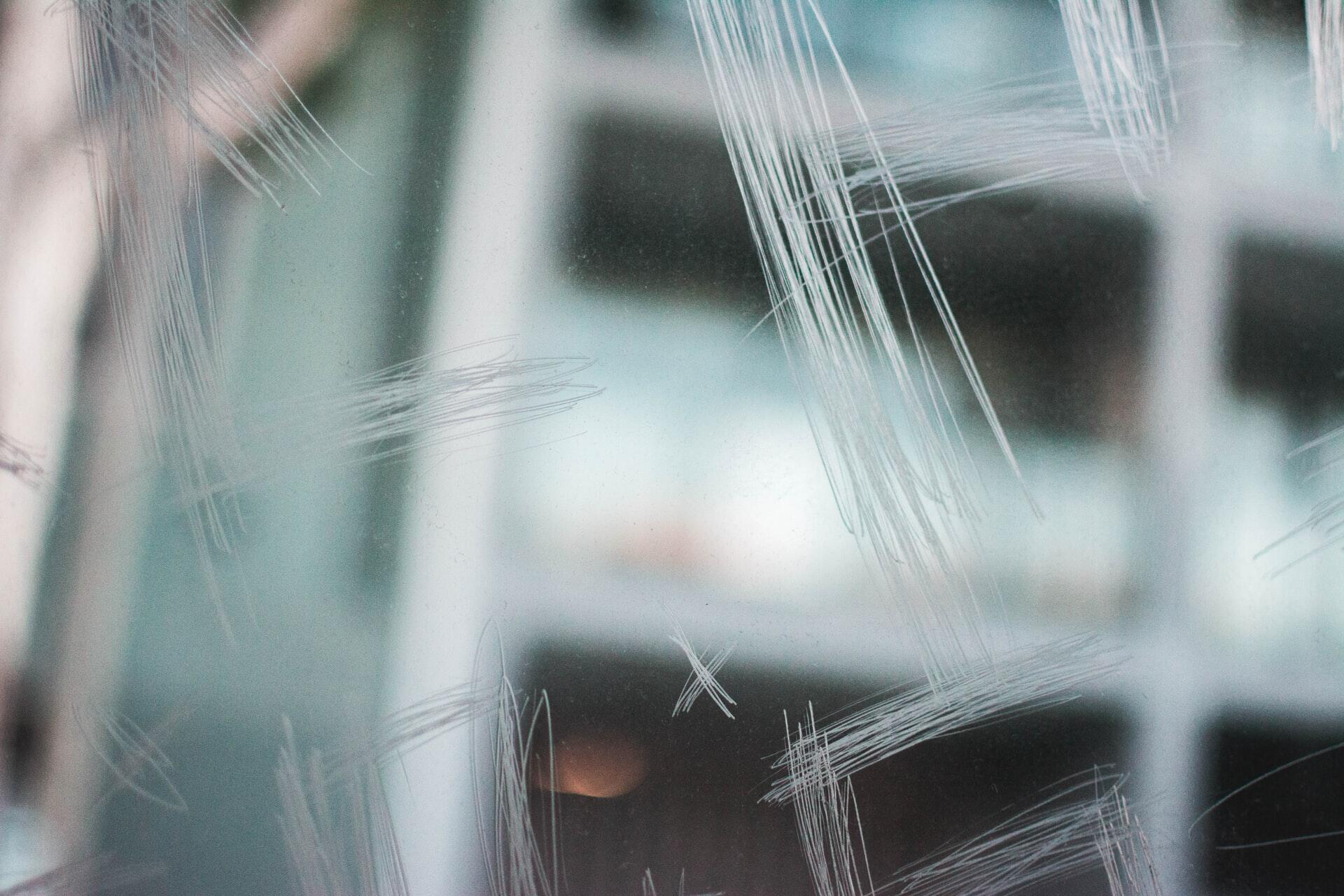
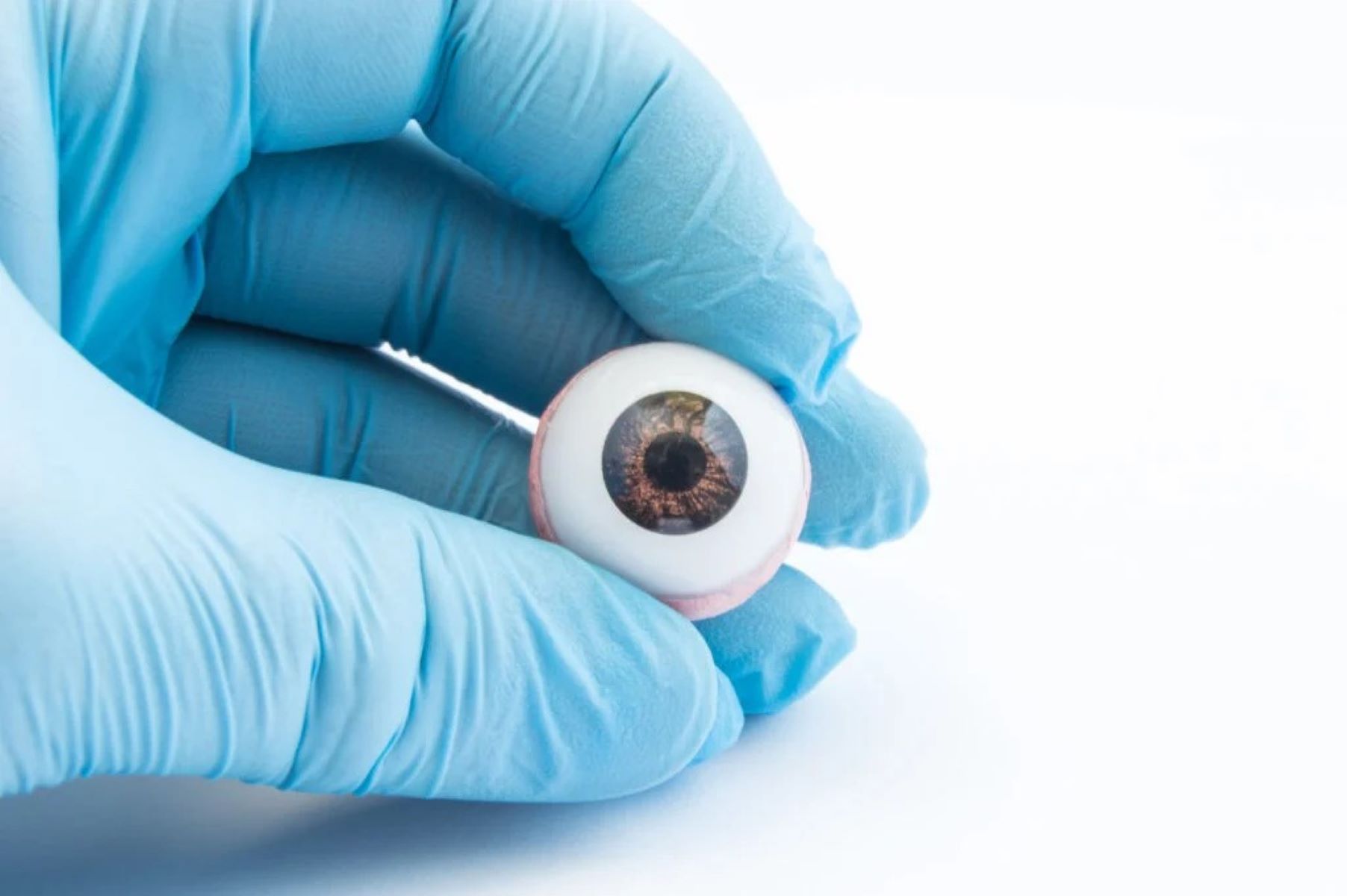
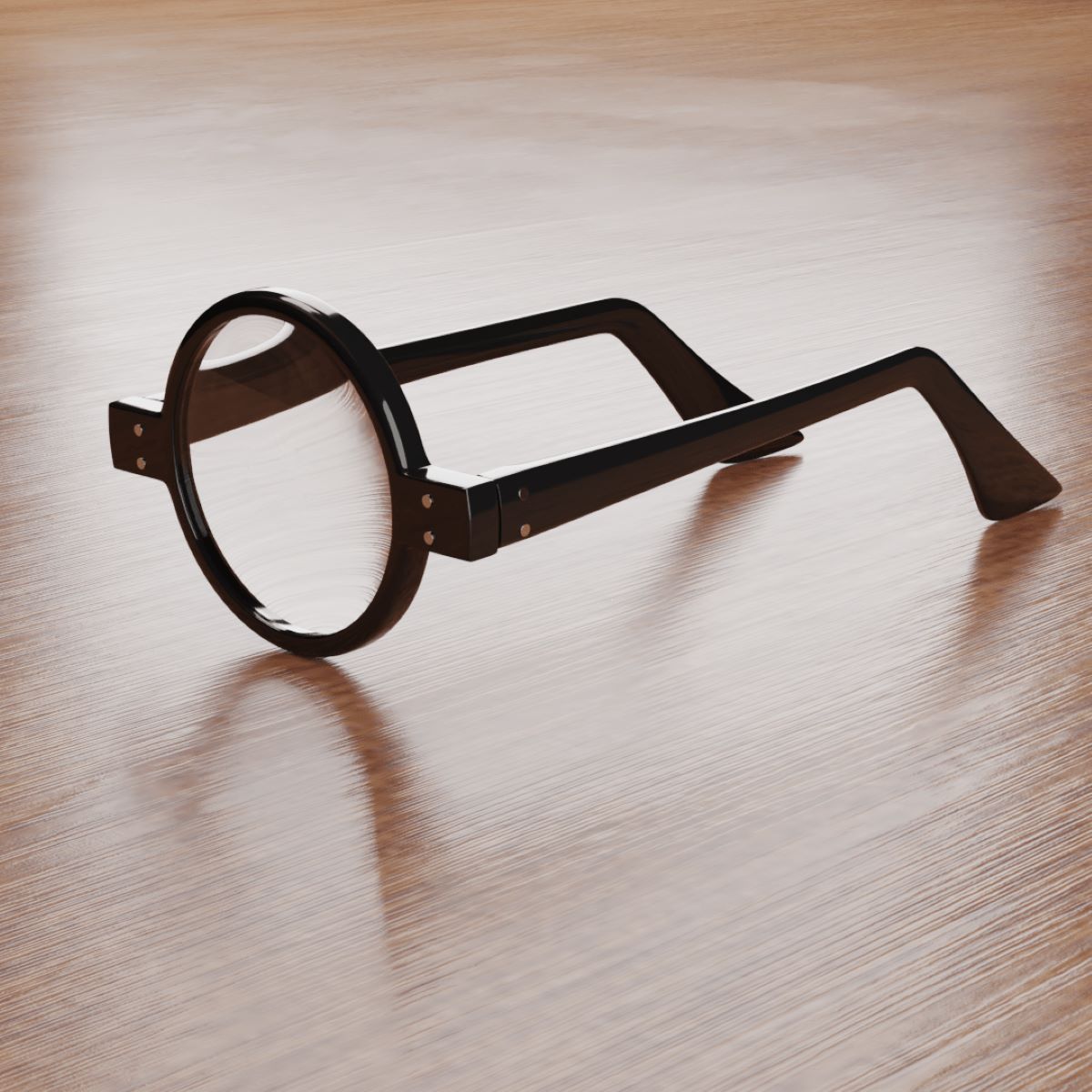

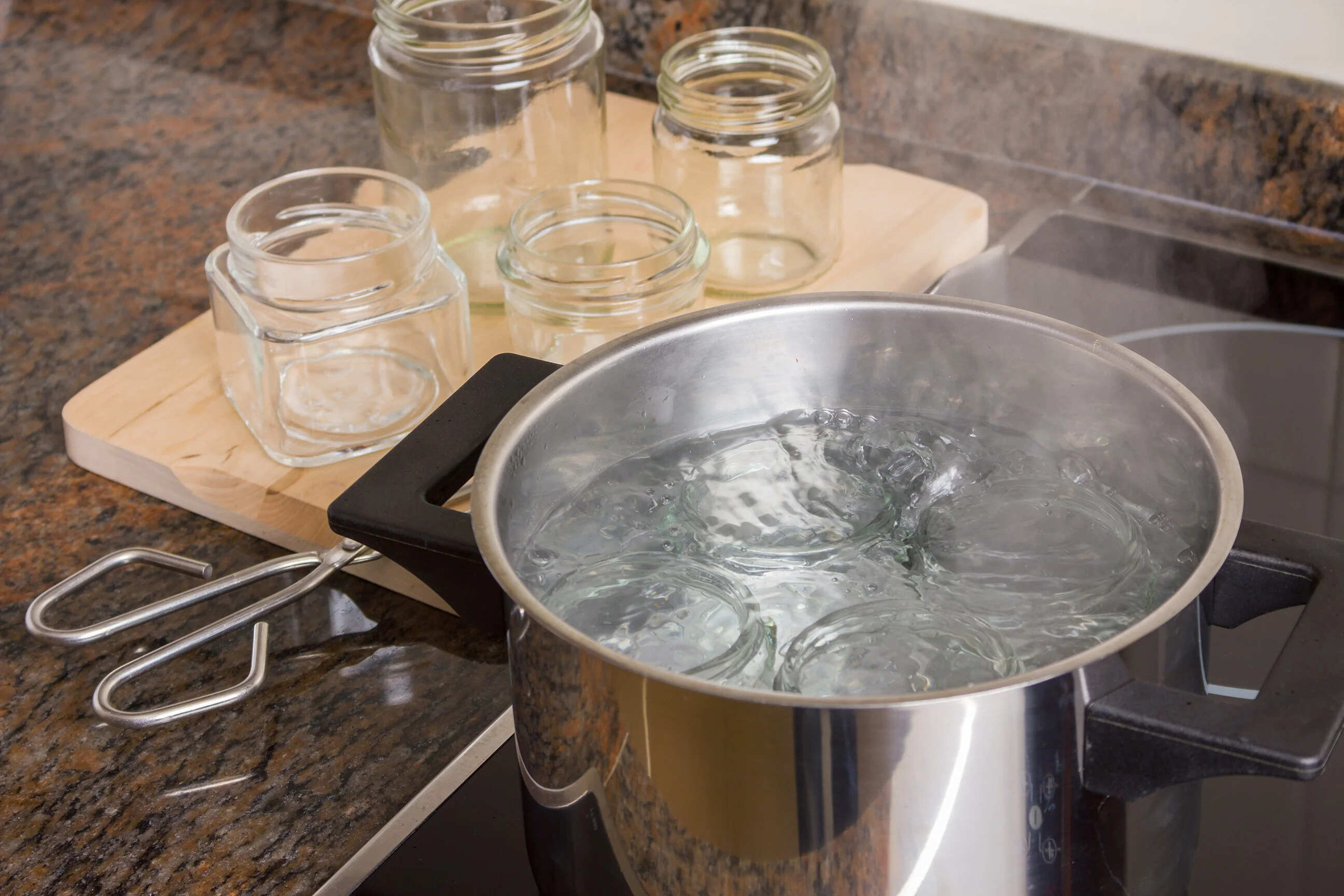

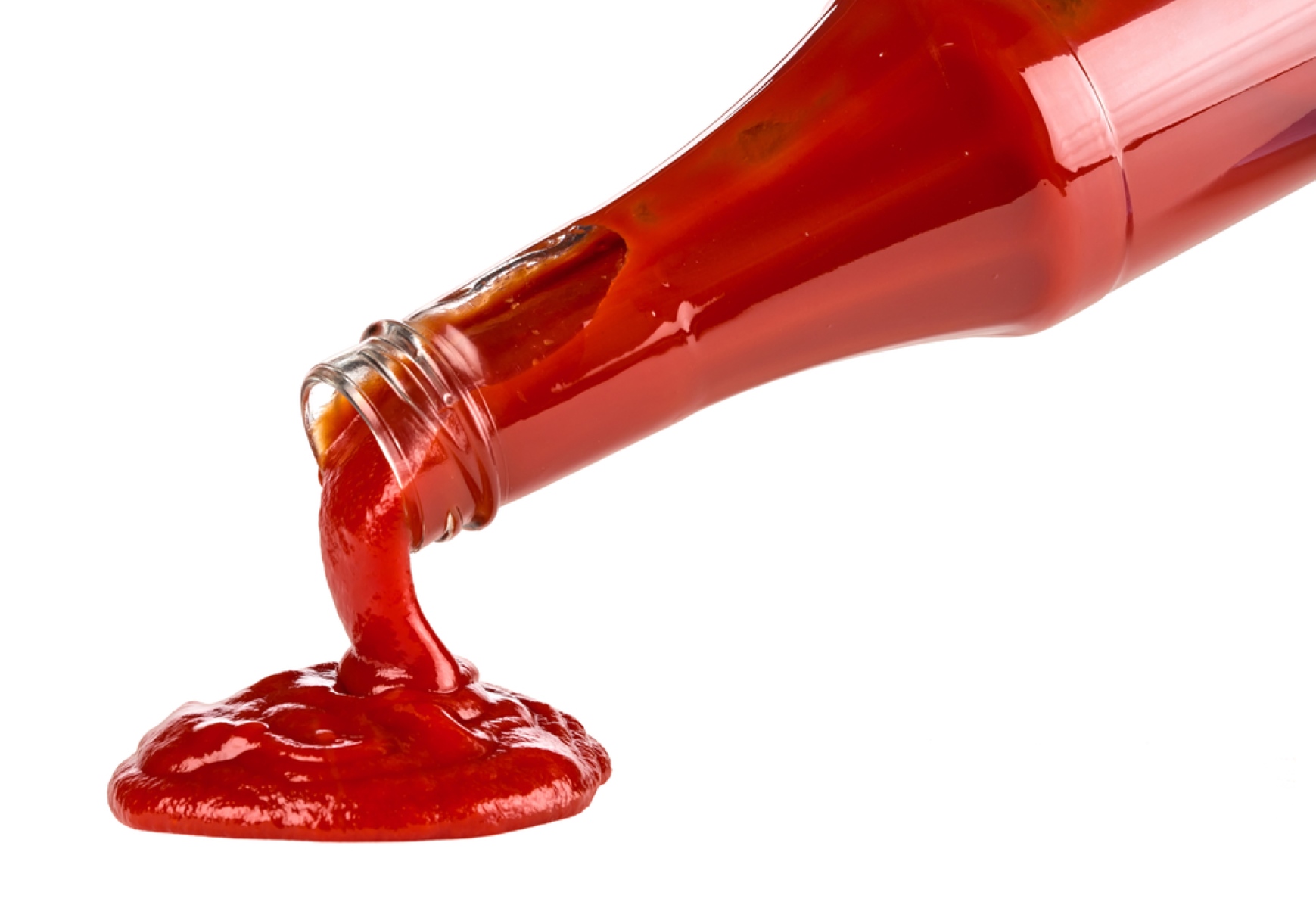
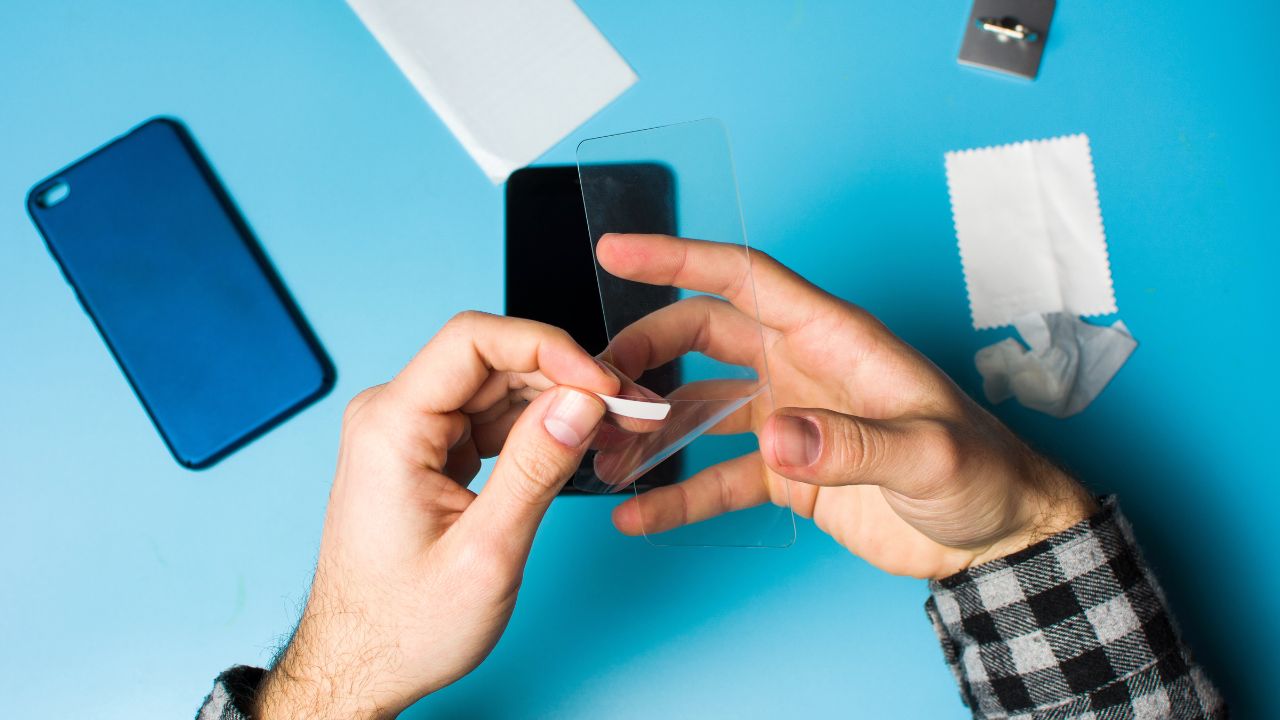

0 thoughts on “How To Get Glass Out Of Eye”